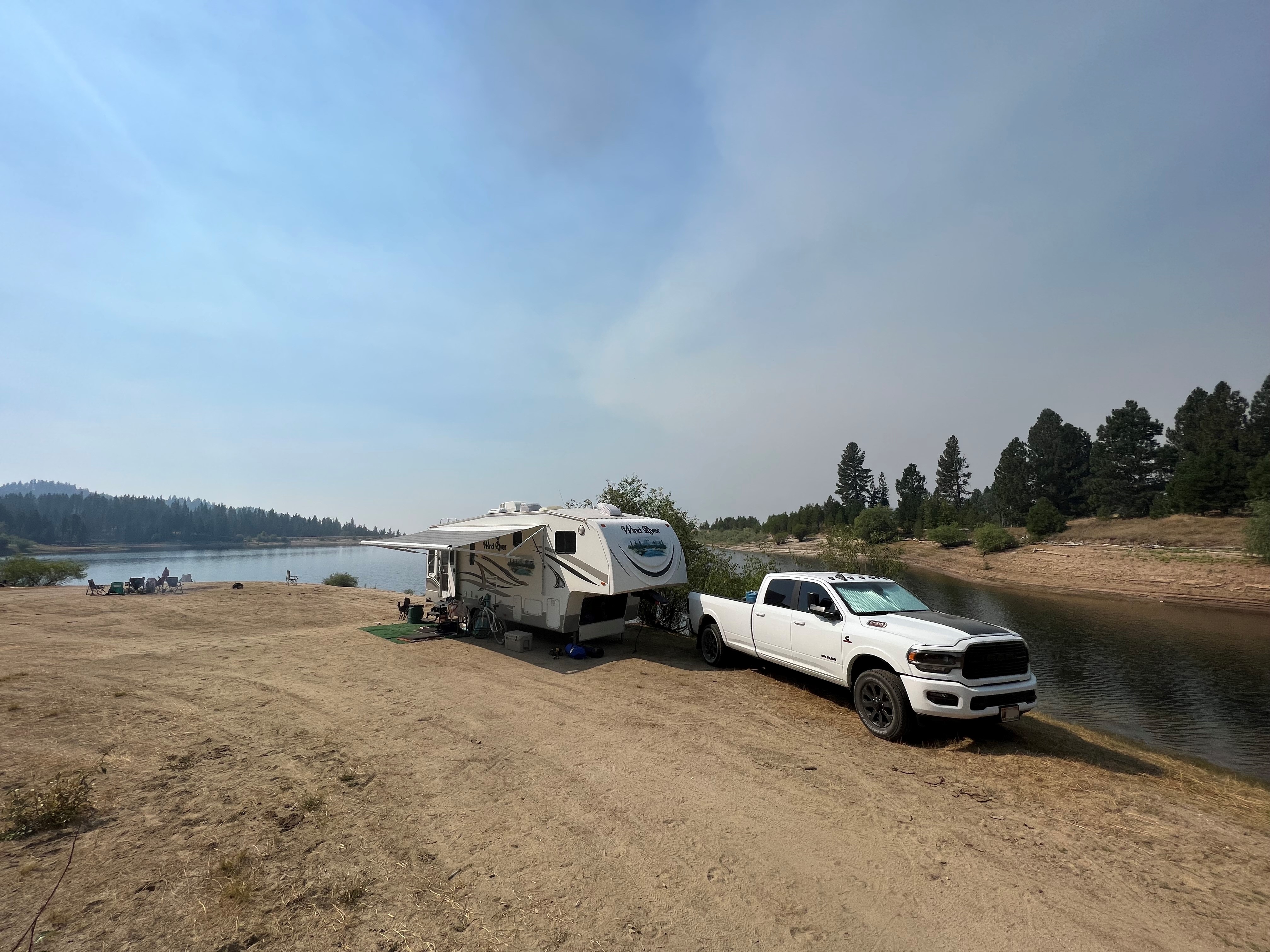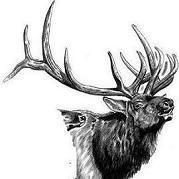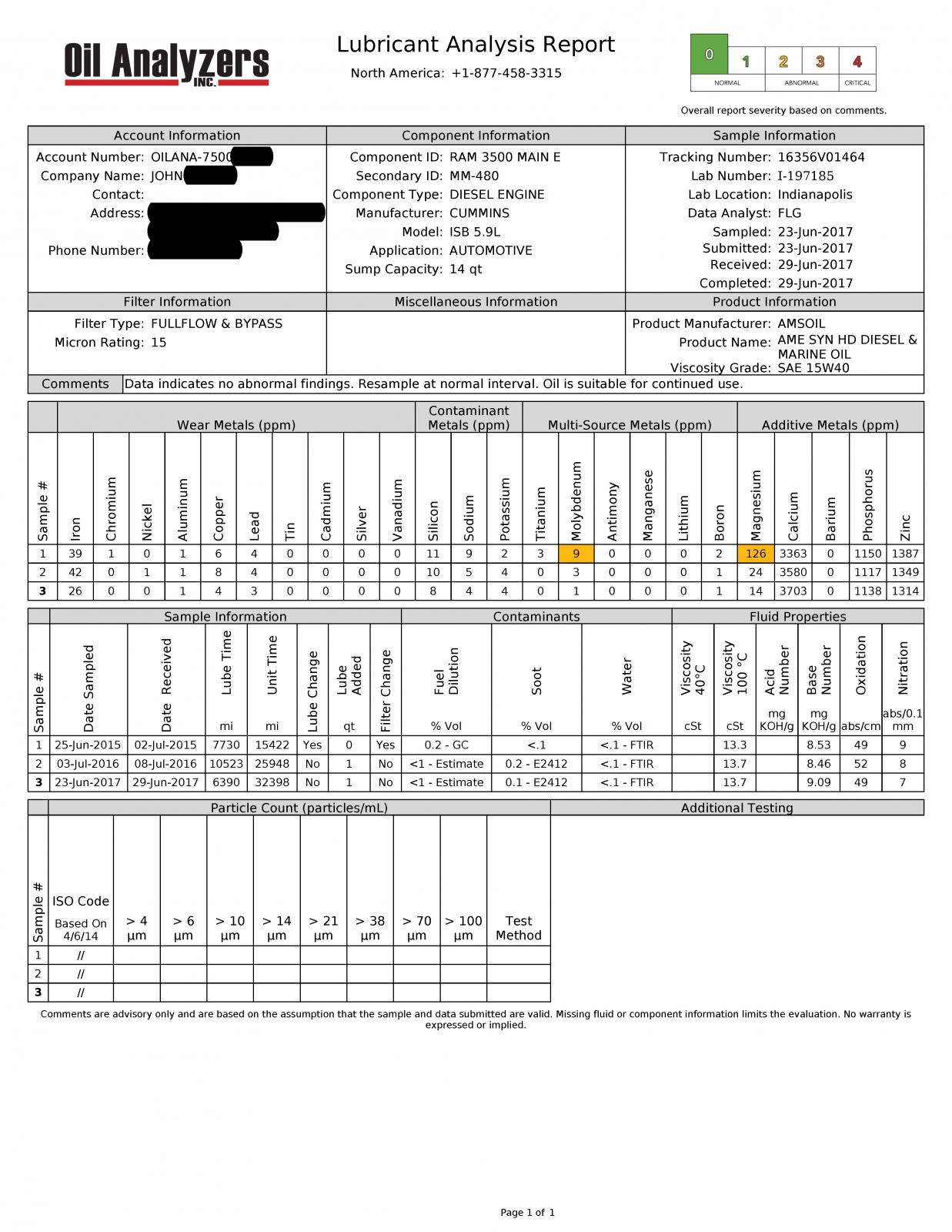
Everything posted by AH64ID
-
Smarty Resource
Ah.. that would have been good to know before I locked myself out. :-) At least it's only 15 minutes.
-
Max Payload
Yeah it takes quite a bit to get weight on the front axle.
-
Smarty Resource
Looks good. My pw didn't work and I got locked out thou
-
Max Payload
On HD pickups GVWR is more often a marketing thing than anything else. Don't exceed your tire ratings and do what you need to. The suspension/axle/frame are all stronger than your tires. I've had 2 tons of pellets in my truck bed before. It's heavy but wasn't overloading anything. In terms of loading evenly on both axles if there is as much weight in front of the rear axle as behind it then all the weight goes on the rear axle. The only way to have weight get on the front axle is to have the loads center of gravity be in front of the rear axle, which is harder to do on these pickups with the location of the rear axle.
-
My latest UOA
I think the iron is pretty low. Iron is the main component in this engine so it stands to reason it's in the sample. It's not even to a severity 1, and quite a ways from it IIRC. Wear metals are just that, wear metals. IIRC Severity 1 starts around 100 ppm and Severity 2 starts around 150 ppm. 26 ppm is nothing to even give a second look. Calcium is a good thing and why I like Amsoil as a detergent oil.
-
EGT's after the turbo
I'd like to think that the bearing isn't seeing all that heat, also with mine being a water cooled turbo if the bearing was the deciding factor on heat transfer mine should have a bigger delta. I think drive pressure may be the culprit as more drive pressure will result in a bigger pressure drop which leads to a higher temperature drop.
-
EGT's after the turbo
So I was 21.3K GCW and towed in temps up to 104° at 3,000' and 99° at 4,500'. 12-14°:1 psi is normal for varying throttle and rpms. Under constant loads longer than 30 seconds it almost always stabilizes at 10-11°:1 psi, and sometimes it took longer than 30 seconds but we already know how slow post is to react. The more I monitor post the more I want to say that it actually is a better indicator of motor heat soak and thus would be easier to drive. It is nice having both thou.
-
EGT's after the turbo
Good data!! I'll bite on the drive pressure bit. It's been a couple years since I ran a drive pressure gauge (it's on the shelf and needs some wires moved since the Touch took up a pillar spot), but I think I generally ran a lower drive pressure ratio than you did and it took quite a bit of fuel and rpms to even get to 1:1 and rarely over 1.2:1 (DP:Boost). That could be where you are getting more than 10° per psi. I'll be doing some towing over the next week and I'll try to take some notes. I should get my drive pressure gauge up and running. It's literally 3' of wire and done. On a side note, 1400°+ while towing would scare me :-)
-
Emissions time is here
It's ground torque so I bet it's accurate. There is torque multiplication going on with the axle and trans (maybe, depending on gear). Assuming direct for all 3 speeds the torque would be 613.4, 646.8, and 745.7 respectively. If 40 was achieved in 2nd gear the torque would be 514. Those look pretty accurate, and they are also calibrated vs measured.
-
Emissions time is here
That is a very in-depth emissions test!
-
Oil change
Yes. They have a couple, but I like the AME Heavy Duty Diesel and Marine oil. It's a CI-4+ 15w-40 that does awesome even in cold soaked temps down to -20°, which is the coldest I've started it in. I've ran it down to -30° but it was "warm" when I got to those temps.
-
Oil change
I'll just leave this here.... I think UOA's like this speak volumes for synthetics. TBN is over 9 after 11.5 months. I'll add that my average fuel economy was around 13 for this timeframe. The truck gets good mileage when empty, but I'm not empty often. This 6400 miles has some descent towing/hauling and all of it is with a 400rwhp tune. I'm not overly easy on the motor, but I don't abuse it.
-
My latest UOA
Here we are again another year down the road... Notice that the TBN after 11.5 months and 6400 miles is as high as many CJ oils start out at.
-
Ordering replacement steering soon
I finally got around to installing the steering that has been in the shop for a few months, and the new track bar bushings. The alignment is done and I'll get some miles on it this next week.
-
Towing toy hauler
But that's a stock tune, and those EGTs may be 100% acceptable for continuous operations. It's really hard to compare stock EGTs to tuned EGTs.
-
Towing toy hauler
Tuning is a big factor, as is the wastegate setting. Altitude and weight will also play a role.
-
EGT's after the turbo
But it's still all just a number. The pre-temps can vary a ton as well. 1250° on your stock tune was quite a bit less piston heat than you get now at 1250°, and even more so on my truck. I ran 1450° stock and it would do that all day, but 1450° now and I could damage a piston. The valve seats and turbo inlet don't care about cylinder temps and the temp of combustion is a lot higher than the temp in the manifold. RPMs, boost, and timing are the biggest influences of heat soak in the piston for a given manifold temp... and those 3 variables are constantly changing. Pre responds much faster which is rather handing, but post is a much better indicator of heat soak. 1200° pre may not look hot but when lugged that number can be 1050° post and that is too hot. So post can quite often be a safer indication of cylinder heat soak. Pre temps take just as much figuring as post temps, at least they do if you really want to understand them. Since running both I have seen too high of post EGT's a couple of time but the pre-EGT's were "normal". It takes a descent lug to do that but according to my pre I was just fine. I don't recall ever seeing too high of pre with acceptable post. I still say that if you're going to only have 1 to run a pre-turbo but it's not always better and only having a post is very acceptable too. So at the end of the day they are just a reference for running normal. Pre or post and that number is still just a reference.
-
Towing toy hauler
I've seen guys run 250's on the stock turbo, but it's not a setup I'd reccommend or run for towing. RV275/50's with a boost elbow and 28-30 psi is about as much fuel as I would add on a HX35 and tow with... but I also prefer tow setups that allow WOT at 1600+ rpms below 8K feet without having to watch the pyro all the time.
-
Emissions time is here
Well I couldn't find my emissions sheet last night but I recall my opacity being 0.4% with 20% allowed. You could always do a HPCR swap :-)
-
Emissions time is here
Both. Initially from the burn timing and continued from the additional airflow.
-
Emissions time is here
Retarded timing should spool faster and reduce smoke, but it may not be as effective without a pilot? My emissions tune was a turd! It was my first one so I went overboard. 50% duration and near stock timing with a pedal so soft it was silly to drive... turns out all they do here is ask you to rev to 2500 rpms 3 times. I'll have to look when I get home but my opacity was stupid low too.
-
Towing toy hauler
Do you have the window sticker?
-
Towing toy hauler
Interesting. I wonder if this is a Dodge specific discrepancy?? Specifically on 2nd gens? I have vehicles with optional tire/wheel sizes and the door stickers reflect the options.
-
Towing toy hauler
Thought so. The OP has a DRW so no need to compare him to a stock 265. Interesitng on your door stickers. I've never seen one that didn't show what the vehicle came off the assembly line with. I have seen dealers change the tires quite often, but that's not the mfgrs fault. Is this 90% error fact or opinion? In all the vehicles I've bought, or my family has bought, over the last 25 years I've yet to see one with the wrong OEM tire size on it. I'm having a really hard time believing there is an actual 90% error rate.
-
Towing toy hauler
I thought 235/85R16 was stock on 4wd DRW's for 2nd gens ? It looks like page 3 posted above says that too. 245/75R17 is only about 3-4 rev/mile slower than 235/85R16, so it may be hard to even notice. It looks like that calculator uses static diameter to get rev/mile and not rolling diameter. It's generally less than 10 rev/mile difference but still worth noting. Most tire manufacturers post rev/mile data based on rolling diameter. Oddly enough the 245/75R17 comes in accurate, but none of the others I tired did. They must run a little tall for their size.





